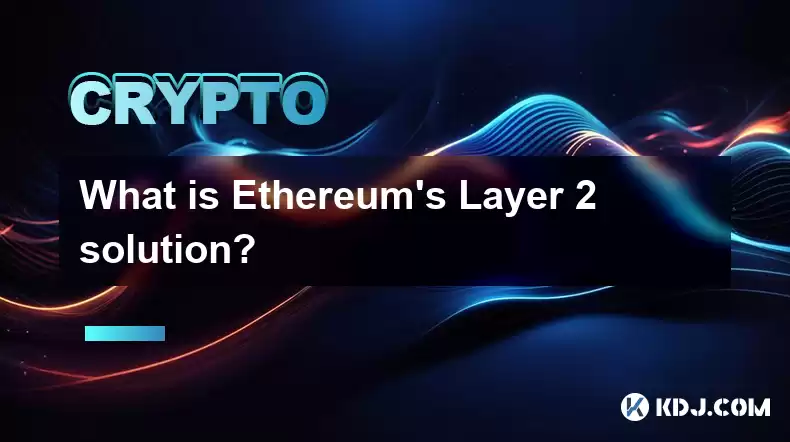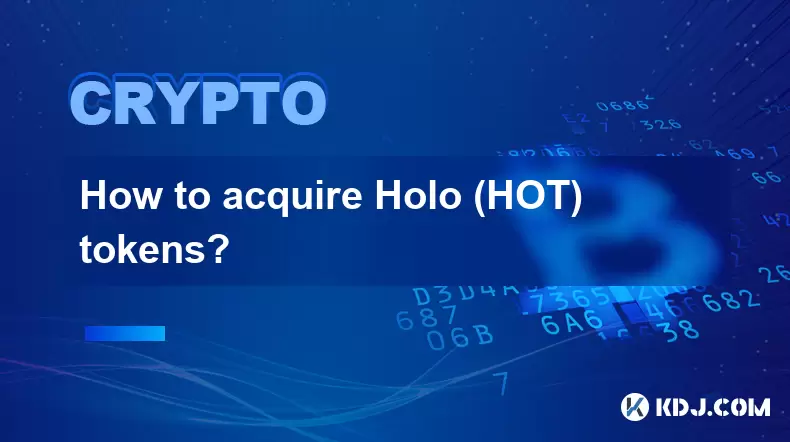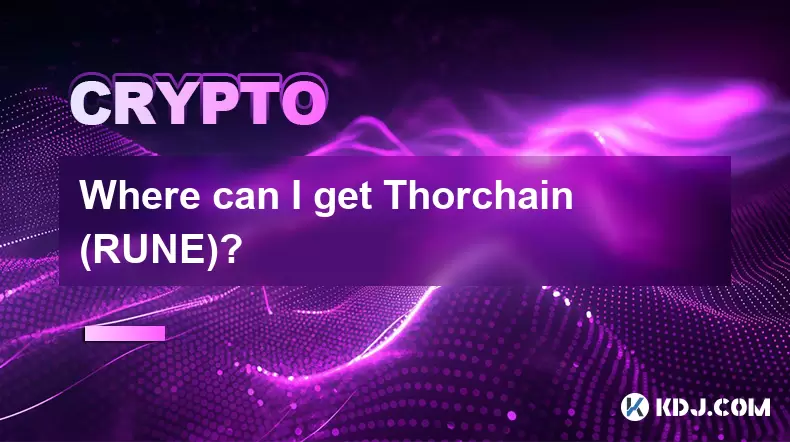-
 Bitcoin
Bitcoin $116700
0.24% -
 Ethereum
Ethereum $3973
4.34% -
 XRP
XRP $3.283
7.68% -
 Tether USDt
Tether USDt $1.000
0.01% -
 BNB
BNB $789.8
2.27% -
 Solana
Solana $176.2
3.31% -
 USDC
USDC $0.9999
0.00% -
 Dogecoin
Dogecoin $0.2238
5.14% -
 TRON
TRON $0.3389
-0.51% -
 Cardano
Cardano $0.7907
4.03% -
 Stellar
Stellar $0.4527
10.02% -
 Hyperliquid
Hyperliquid $41.07
4.27% -
 Sui
Sui $3.794
1.77% -
 Chainlink
Chainlink $19.49
10.40% -
 Bitcoin Cash
Bitcoin Cash $580.9
0.74% -
 Hedera
Hedera $0.2617
4.32% -
 Avalanche
Avalanche $23.41
3.67% -
 Ethena USDe
Ethena USDe $1.001
-0.03% -
 Litecoin
Litecoin $122.4
1.38% -
 Toncoin
Toncoin $3.364
1.49% -
 UNUS SED LEO
UNUS SED LEO $8.988
0.37% -
 Shiba Inu
Shiba Inu $0.00001295
2.82% -
 Uniswap
Uniswap $10.62
5.75% -
 Polkadot
Polkadot $3.922
4.46% -
 Dai
Dai $1.000
0.01% -
 Bitget Token
Bitget Token $4.494
2.15% -
 Monero
Monero $268.0
-1.30% -
 Cronos
Cronos $0.1523
3.68% -
 Pepe
Pepe $0.00001127
4.43% -
 Aave
Aave $285.4
4.85%
What is Ethereum's Layer 2 solution?
Layer 2 solutions provide scalability for Ethereum, offering faster transactions, lower fees, and improved efficiency, but they have their own strengths and weaknesses to consider, including varying levels of security and decentralization.
Feb 18, 2025 at 11:12 am

Key Points:
- Ethereum's scalability challenges
- Layer 2 solutions: an overview
- Five categories of Layer 2 solutions
- Pros and cons of each solution
- Rollups and Plasma: a deeper dive
- Security and decentralization considerations
What is Ethereum's Layer 2 Solution?
Ethereum, the second-largest cryptocurrency platform, has long faced scalability limitations. The network's popularity has often led to congestion, slow transaction speeds, and high gas fees.
Layer 2 solutions, a diverse set of technologies, aim to address these scalability challenges by processing transactions off the main Ethereum blockchain (Layer 1). These solutions offer faster, cheaper, and more efficient ways to handle transactions.
Categories of Layer 2 Solutions
Layer 2 solutions can be classified into five primary categories:
- State channels: Individual participants maintain off-chain channels, enabling instant and confidential transactions.
- Sidechains: Independent blockchains that run alongside Ethereum, allowing for high-speed transactions.
- Plasma: A framework for creating scalable and secure child chains that interact with the main Ethereum blockchain.
- Rollups: Transactions are bundled and processed off-chain, then submitted to the main Ethereum blockchain as a single transaction, minimizing fees and increasing throughput.
- ZK-rollups: A type of rollup that uses zero-knowledge proofs to validate transactions, further enhancing scalability and privacy.
Pros and Cons of Each Solution
- State channels: Fast and private but limited scalability and complexity in managing multiple channels.
- Sidechains: High scalability but can compromise Ethereum's security and decentralization.
- Plasma: Scalable and secure but requires complex smart contract development and faces challenges in handling cross-chain transactions.
- Rollups: High scalability, security, and cost-effectiveness. However, they require expertise in smart contract development and can suffer from long withdrawal times.
- ZK-rollups: Very high scalability, zero-knowledge proofs ensure privacy but require specialized hardware and can be computationally expensive.
Rollups and Plasma: A Deeper Dive
Rollups: Exist in two primary types:
- Optimistic rollups: Assume transactions are valid and only challenge them if fraud is detected, leading to faster confirmation times.
- ZK-rollups: Validate transactions on-chain using zero-knowledge proofs, offering stronger security but slower confirmation times.
- Plasma: Offers several scaling solutions, including child chains (plasma chains) and optimistic rollups (plasma rollups). Plasma chains are independent chains that inherit Ethereum's security, while plasma rollups enable scalable smart contract execution.
Security and Decentralization Considerations
While Layer 2 solutions offer scalability, it must be balanced with security and decentralization. Centralized Layer 2 solutions, operated by a single entity, compromise Ethereum's core principles. It is crucial to evaluate each solution's security model and the degree of decentralization it provides.
FAQs
Q: What are the main benefits of Layer 2 solutions?
A: Increased transaction speed, reduced fees, and improved scalability.
Q: Which Layer 2 solutions are currently the most popular?
A: Polygon (formerly Matic), Optimism, and Arbitrum are among the leading Layer 2 solutions.
Q: Do Layer 2 solutions compromise Ethereum's security?
A: The security of a Layer 2 solution depends on its design. Some solutions may introduce additional security risks, while others inherit Ethereum's security.
Q: Are Layer 2 solutions a long-term solution for Ethereum's scalability challenges?
A: Layer 2 solutions are expected to play a significant role in addressing Ethereum's scalability limitations. Developers are actively working on optimizing existing solutions and developing more innovative approaches.
Q: How can I use Layer 2 solutions?
A: To utilize Layer 2 solutions, users must typically interact with specific applications or protocols that connect to the Layer 2 network.
Disclaimer:info@kdj.com
The information provided is not trading advice. kdj.com does not assume any responsibility for any investments made based on the information provided in this article. Cryptocurrencies are highly volatile and it is highly recommended that you invest with caution after thorough research!
If you believe that the content used on this website infringes your copyright, please contact us immediately (info@kdj.com) and we will delete it promptly.
- Punisher Coin: The Altcoin Ready to Punish Your Portfolio with Gains?
- 2025-08-08 22:50:16
- Mutuum Finance, Bitcoin Whales, and Binance: Decoding the Crypto Currents
- 2025-08-08 22:30:11
- Bitcoin, Crypto Market, Volatility: Riding the Rollercoaster in NYC Style
- 2025-08-08 22:50:16
- HTX Copy Trading Extravaganza: Rewards and Opportunities for Traders
- 2025-08-08 23:30:12
- SPX6900 Pumps & TOKEN6900 Presale: Month Growth Mania!
- 2025-08-08 23:30:12
- Dogwifhat, Beanie, and $800,000: A Meme Worth Millions?
- 2025-08-08 23:35:12
Related knowledge

Where can I buy UMA (UMA)?
Aug 07,2025 at 06:42pm
Understanding UMA and Its Role in Decentralized FinanceUMA (Universal Market Access) is an Ethereum-based decentralized finance (DeFi) protocol design...

Where can I purchase Siacoin (SC)?
Aug 08,2025 at 11:14am
Understanding Siacoin (SC) and Its Role in the Sia NetworkSiacoin (SC) is the native cryptocurrency of the Sia decentralized cloud storage platform, a...

Where can I buy OMG Network (OMG)?
Aug 08,2025 at 12:57pm
Understanding OMG Network (OMG) and Its PurposeThe OMG Network, originally known as OmiseGO, is a layer-2 scaling solution built on the Ethereum block...

What exchanges support buying IOTA (MIOTA)?
Aug 07,2025 at 09:58pm
Understanding the Role of Private Keys in Cryptocurrency SecurityIn the world of cryptocurrency, private keys are the cornerstone of ownership and con...

How to acquire Holo (HOT) tokens?
Aug 08,2025 at 05:56am
Understanding Holo (HOT) and Its EcosystemHolo (HOT) is a cryptocurrency token associated with the Holo ecosystem, which is built on the Holochain fra...

Where can I get Thorchain (RUNE)?
Aug 08,2025 at 08:07am
Understanding the Role of Seed Phrases in Cryptocurrency WalletsA seed phrase, also known as a recovery phrase or mnemonic phrase, is a critical compo...

Where can I buy UMA (UMA)?
Aug 07,2025 at 06:42pm
Understanding UMA and Its Role in Decentralized FinanceUMA (Universal Market Access) is an Ethereum-based decentralized finance (DeFi) protocol design...

Where can I purchase Siacoin (SC)?
Aug 08,2025 at 11:14am
Understanding Siacoin (SC) and Its Role in the Sia NetworkSiacoin (SC) is the native cryptocurrency of the Sia decentralized cloud storage platform, a...

Where can I buy OMG Network (OMG)?
Aug 08,2025 at 12:57pm
Understanding OMG Network (OMG) and Its PurposeThe OMG Network, originally known as OmiseGO, is a layer-2 scaling solution built on the Ethereum block...

What exchanges support buying IOTA (MIOTA)?
Aug 07,2025 at 09:58pm
Understanding the Role of Private Keys in Cryptocurrency SecurityIn the world of cryptocurrency, private keys are the cornerstone of ownership and con...

How to acquire Holo (HOT) tokens?
Aug 08,2025 at 05:56am
Understanding Holo (HOT) and Its EcosystemHolo (HOT) is a cryptocurrency token associated with the Holo ecosystem, which is built on the Holochain fra...

Where can I get Thorchain (RUNE)?
Aug 08,2025 at 08:07am
Understanding the Role of Seed Phrases in Cryptocurrency WalletsA seed phrase, also known as a recovery phrase or mnemonic phrase, is a critical compo...
See all articles

























































































